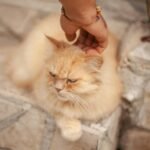Have you ever reached out to pet your cat, expecting a purr or a gentle nuzzle, only to be met with a quick tail flick or a subtle step away? It’s a moment that leaves many cat owners puzzled, sometimes even a little hurt. But here’s a surprising truth: cats communicate their need for space in ways that are both gentle and clear — if you know what to look for. Understanding the art of feline body language can help you build a deeper and more respectful bond with your whiskered companion. In this guide, we’ll explore the subtle (and sometimes not-so-subtle) signs that your cat is asking for a little distance, all while keeping your love for each other intact.
The Flick of the Tail: More Than Meets the Eye

A cat’s tail is like a mood barometer. When your cat’s tail starts twitching, flicking, or thumping against the floor, it’s often their way of saying, “Please give me some space.” While a gently swaying tail might signal curiosity, rapid or forceful movements are usually a red flag. If you notice your cat’s tail puffing up or lashing side to side, it’s best to pause and let them chill out. This behavior is a gentle, non-verbal cue that your cat isn’t in the mood for cuddles or playtime. Understanding this simple signal can prevent misunderstandings and scratches. Just like we might tap our foot when annoyed, your cat’s tail does the talking.
Flattened or Rotated Ears: The Silent Plea
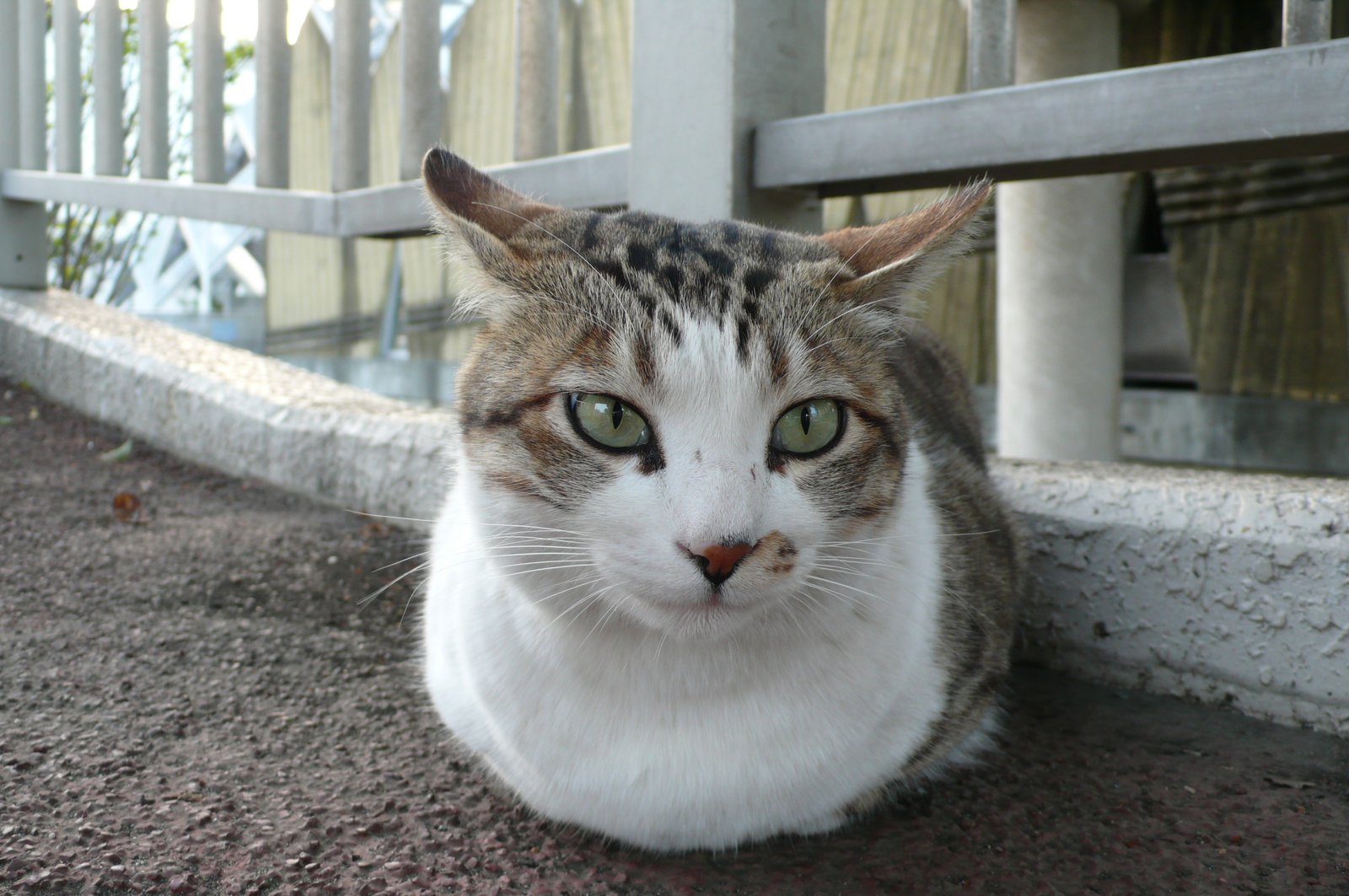
Ears that suddenly flatten against your cat’s head or point outward like airplane wings are a sure sign of discomfort. This ear position often indicates that your cat is overstimulated or anxious. Unlike dogs, cats don’t bark or growl to express their feelings, so they rely on these subtle ear movements. If you see your cat’s ears pinned back while you’re petting them, take it as a polite request for a break. Ignoring this can escalate to more obvious signs of irritation. Learning to spot this signal will help you respect your kitty’s boundaries and keep your relationship harmonious.
The Sudden Stop in Purring
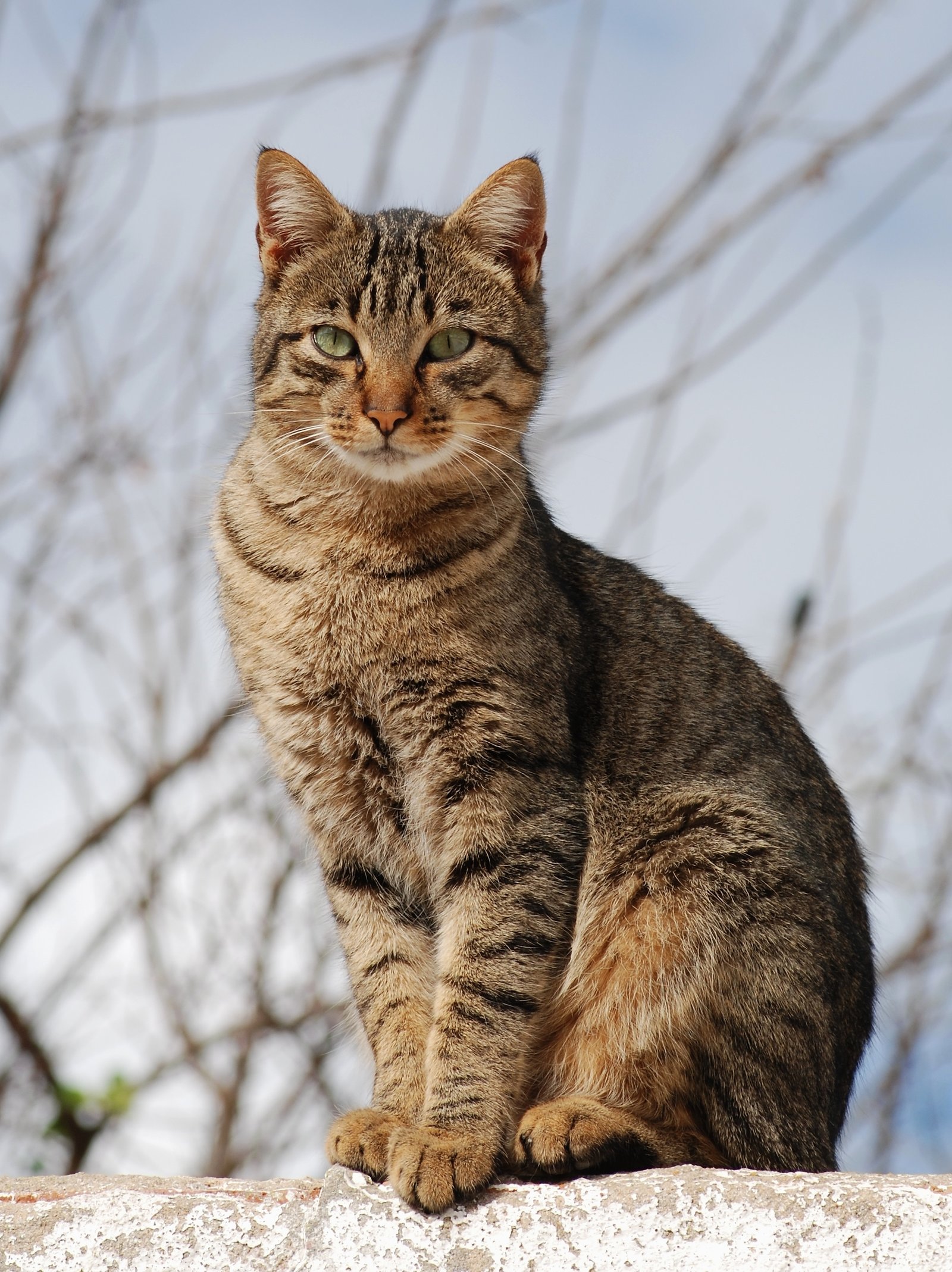
Purring is usually a sign of contentment, but did you know it can also mean your cat is anxious or overstimulated? If your cat’s purr suddenly stops while you’re petting them, it may be their way of signaling discomfort. This abrupt silence is a subtle yet powerful plea for space. Cats are experts at communicating without words, and a pause in purring can be just as telling as a hiss. Next time you’re snuggling, listen carefully — that quiet moment might be your cue to give them a little room.
Whiskers Pulled Back or Forward

A cat’s whiskers are more than just adorable facial features—they’re sensitive tools for navigating the world. When your cat pulls their whiskers tightly back against their cheeks, it often means they’re feeling nervous or defensive. Conversely, whiskers pushed forward can indicate high alertness or agitation. Both positions are signs that your cat might need a break from attention. Pay close attention to these tiny but telling details. It’s almost like your cat is whispering, “Not now, please.”
Hiding or Seeking Solitude

When a cat retreats under the bed, into a closet, or behind furniture, it’s not just playing hide-and-seek. Hiding is one of the clearest indications that a cat needs some alone time. This behavior can be triggered by loud noises, unfamiliar guests, or even just a particularly busy day. Allowing your cat to have their safe haven respects their need for privacy. Forcing interaction during these moments can damage trust. Think of it as their way of recharging their emotional batteries.
Sudden Grooming Sessions
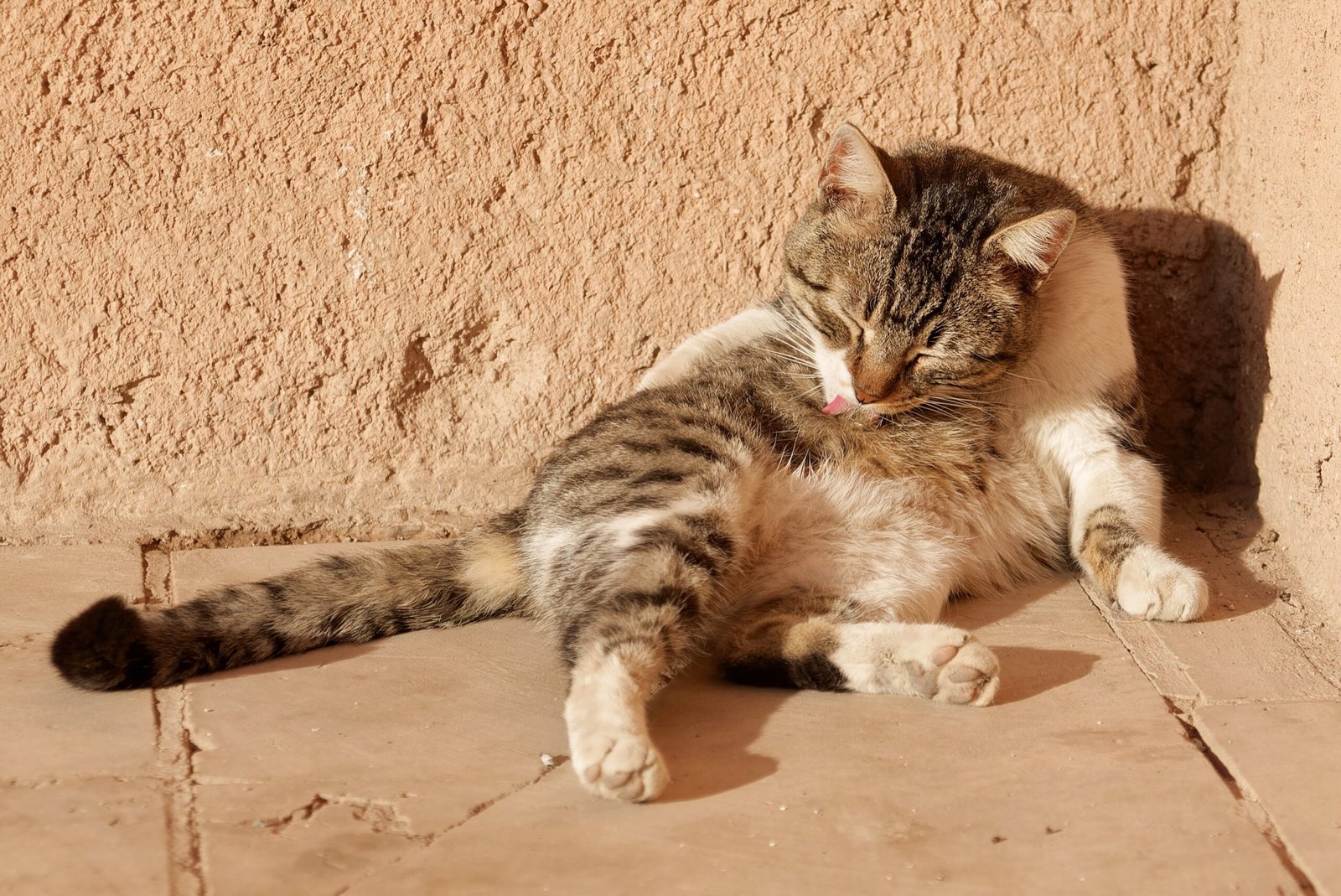
Ever notice your cat suddenly start licking themselves after you’ve been petting them? This isn’t just about cleanliness. Cats will often use grooming as a self-soothing behavior when they feel stressed or overstimulated. If your touch is quickly followed by an intense grooming session, it’s your cat’s gentle way of telling you they need a break. It’s almost like someone nervously straightening their clothes after an awkward hug. Give your cat a moment to collect themselves — they’ll thank you for it in their own way.
The Classic “Bunny Kick”
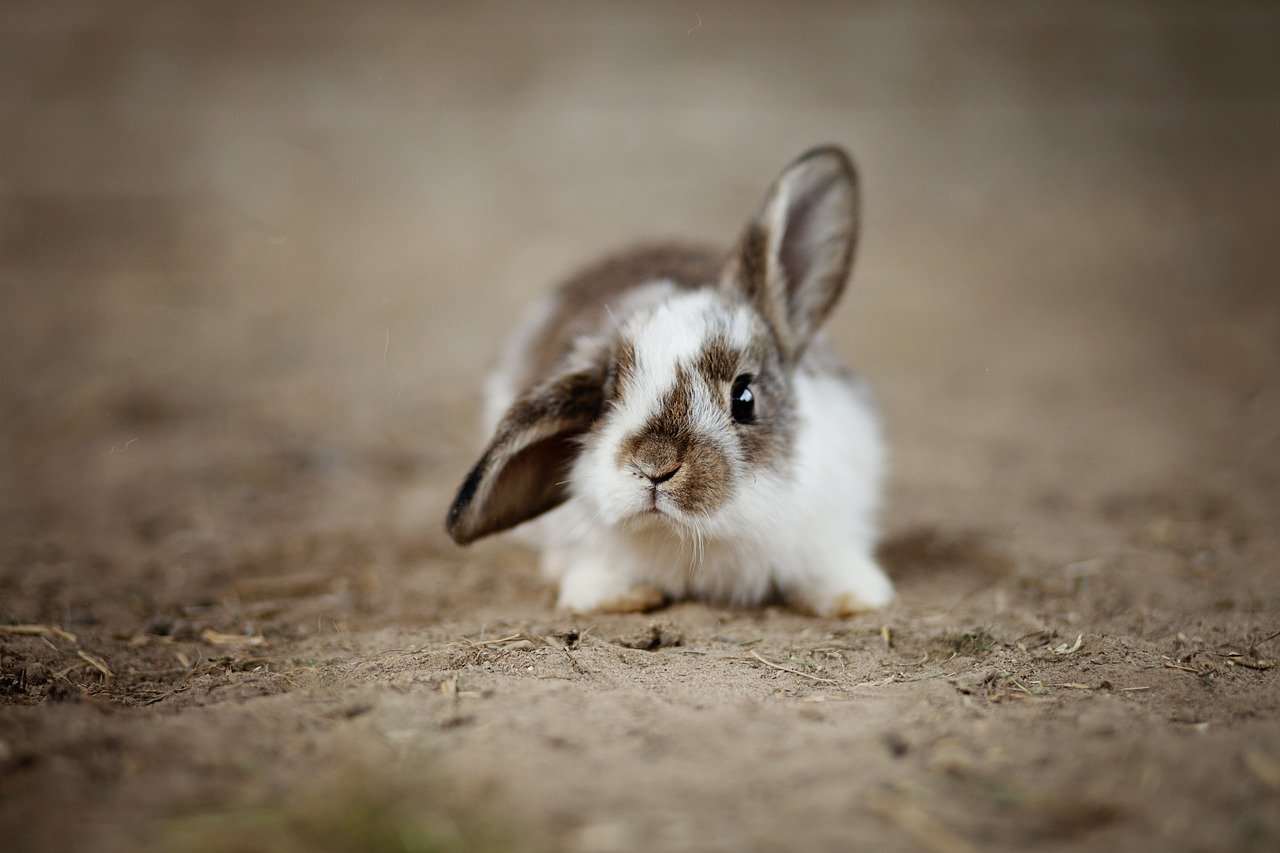
Sometimes, when you’re playing with your cat and things get a bit too hands-on, you might find yourself on the receiving end of a powerful “bunny kick.” This move, where your cat grabs your hand or arm with their front paws and kicks with their hind legs, is a clear signal that playtime has crossed a line. While it might look playful at first, it’s really your cat’s way of saying, “That’s enough.” Respecting this boundary helps prevent accidental scratches and keeps play sessions fun and safe.
Hissing or Growling: The Obvious Red Lights
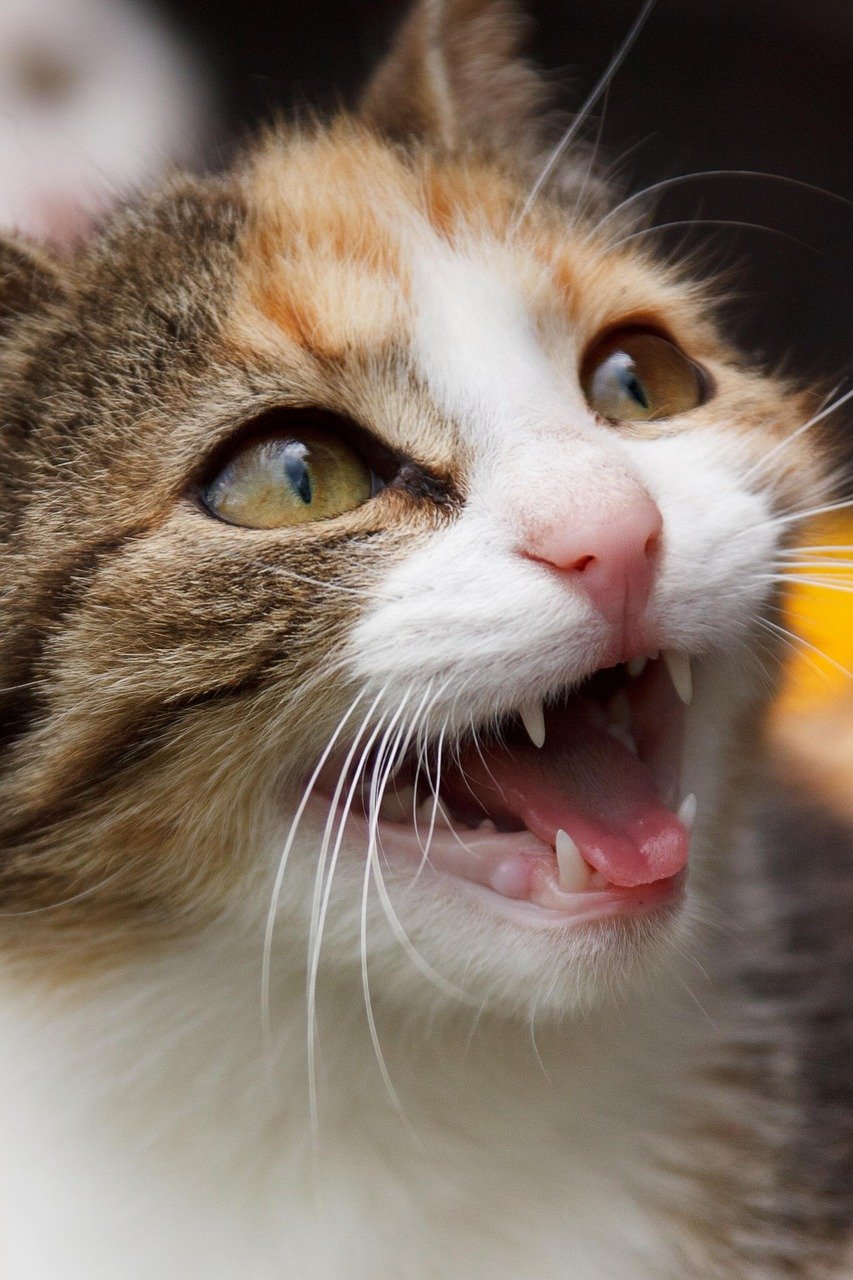
While cats often use subtle cues, sometimes they go straight for the obvious. Hissing, growling, or low-pitched yowling are unmistakable signs that your cat feels threatened or overwhelmed. These vocal warnings should never be ignored. Just like you wouldn’t appreciate someone ignoring your request to stop, cats expect their clear signals to be respected. Backing off immediately shows your cat that you care about their comfort and safety. It’s a sign of mutual respect in your relationship.
Swatting or Biting: When Words Aren’t Enough

If your cat swats at you with their paw or gives a gentle (or not-so-gentle) bite, it’s usually a last resort after other signals have been ignored. This is their way of setting a firm boundary. These behaviors aren’t about aggression; they’re about communication. Understanding this can help you avoid hurt feelings and keep your bond strong. Think of it as your cat saying, “I tried to tell you nicely!” It’s always better to recognize and respond to the earlier, quieter cues.
Avoiding Eye Contact
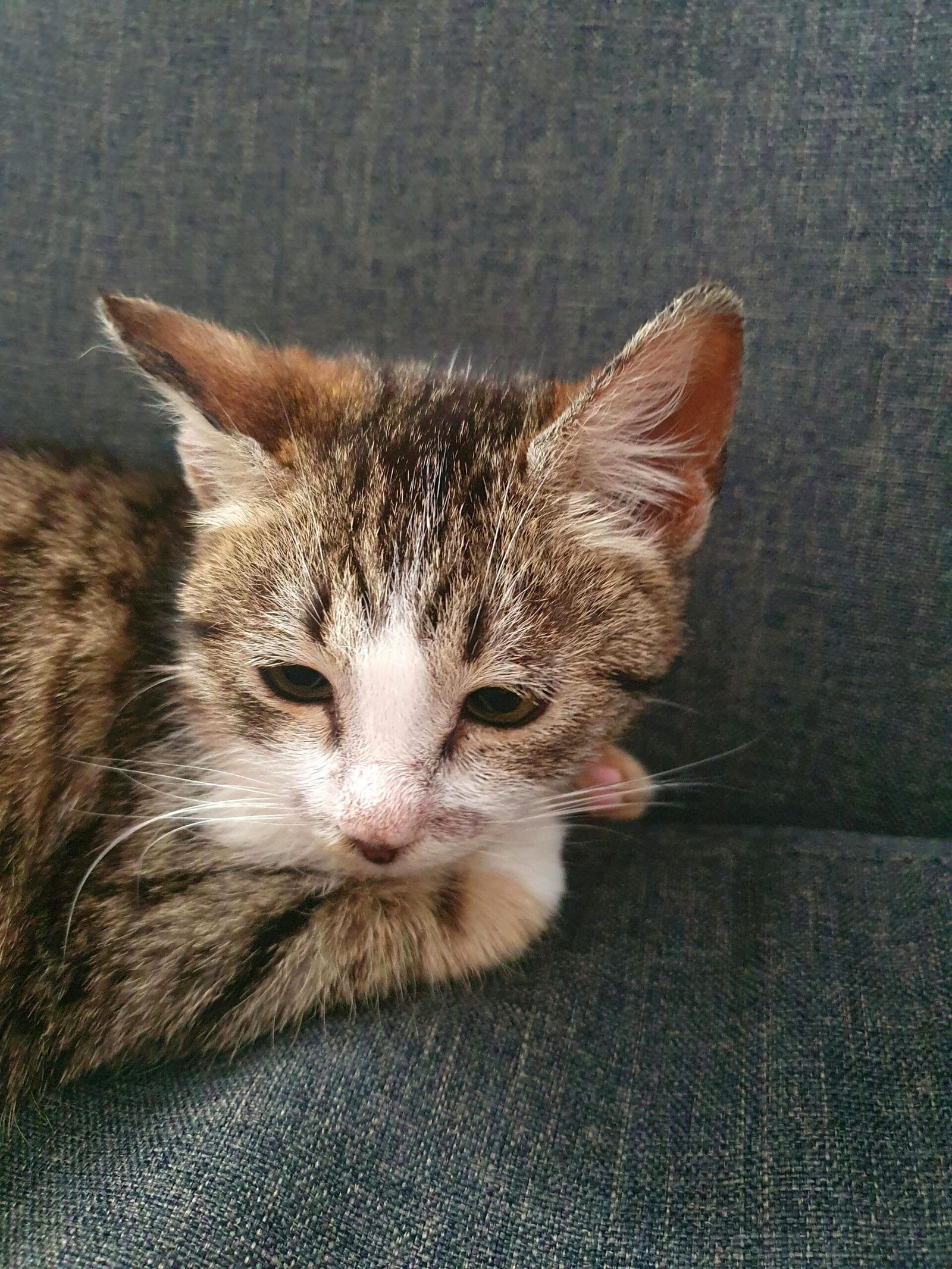
Cats use their eyes to communicate comfort and trust. If your cat deliberately avoids looking at you, especially when you approach, they may be signaling that they need a little distance. Prolonged or direct eye contact can feel threatening to cats, so looking away is their way of saying, “I’d rather be left alone right now.” Respect this request and let your cat come to you when they’re ready. This small act of patience goes a long way in building trust.
Slow, Deliberate Movements Away

Has your cat ever slowly shifted or walked away when you reached out for a pet? Instead of chasing them, recognize this as a polite request for space. Cats rarely bolt unless they feel truly threatened. More often, they’ll quietly remove themselves from a situation that makes them uncomfortable. Allowing your cat to leave on their own terms shows respect for their boundaries. This kind of gentle communication helps create a peaceful home for both of you.
Sudden Tenseness or Stiff Body Language
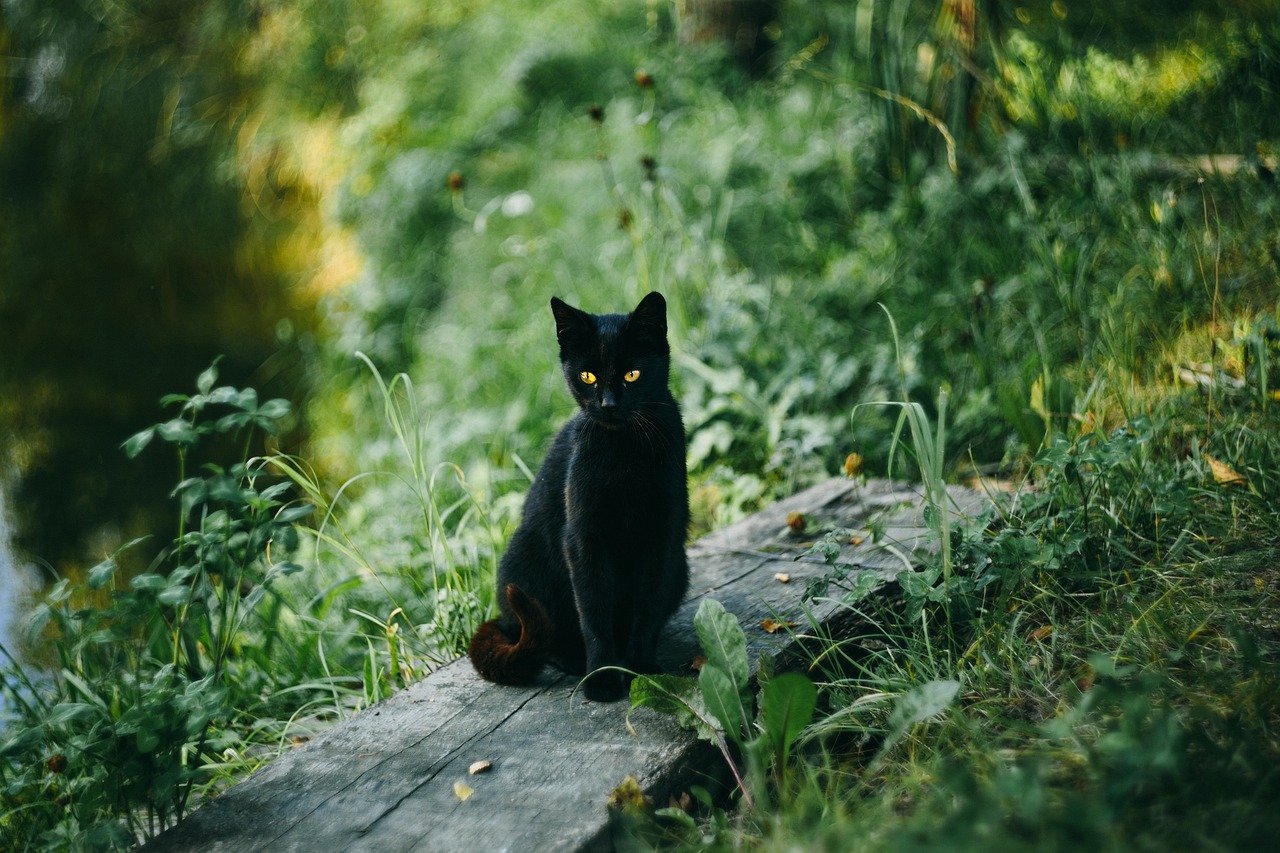
When a relaxed, floppy cat suddenly becomes tense or rigid, it’s a clear sign that something is off. Their muscles may stiffen, and they might freeze in place. This shift in body language is your cat’s way of telling you they’re not comfortable. Just like people stiffen up when anxious, cats do the same. If you notice this change during petting or play, it’s time to give your cat some breathing room. This response is a gentle request, not a rejection.
Tail Tucked Close to the Body
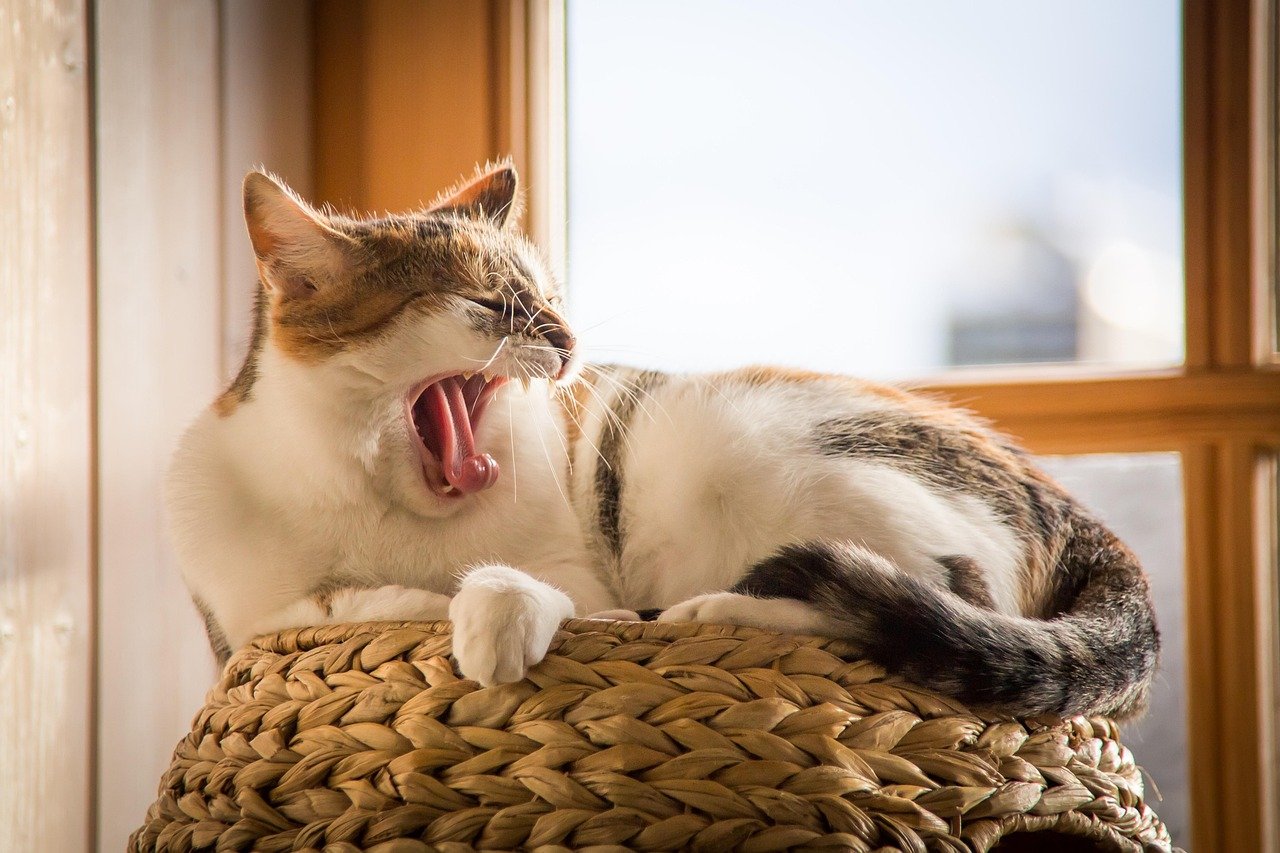
A cat that tucks its tail tightly against its body is feeling insecure or overwhelmed. This defensive posture is a clear sign that your cat is not in the mood for interaction. It’s their way of making themselves smaller and less noticeable. Offering them space and a quiet environment helps them feel safe again. Remember, a cat’s comfort always comes first in building a trusting relationship.
Rapid Grooming of the Base of the Tail

If your cat suddenly starts licking the base of their tail or the area near their back legs, it might be a sign of anxiety or overstimulation. This spot is particularly sensitive, and grooming here is often a self-soothing action. It’s similar to how some people bite their nails when stressed. If you notice this behavior, pause your interaction and give your cat a chance to regroup. Understanding these subtle cues can deepen your connection.
Pupils Dilated or Eyes Wide Open

When a cat’s pupils suddenly become large and round, it’s usually a sign of heightened alertness or stress. This eye change happens quickly, especially during intense play or when a cat feels threatened. Wide eyes paired with other body language signals should be taken seriously. It’s your cat’s way of saying they need a moment to calm down. Recognizing this can help prevent misunderstandings and keep everyone happy.
Splayed or Flattened Whiskers

Whiskers that are splayed out to the sides or flattened against the face indicate that your cat is on high alert. This is often seen during stressful situations or when a cat feels cornered. It’s a clear sign that your cat is trying to process what’s happening and might need some space. Giving them room to breathe helps them feel safe and in control. Think of it as your cat putting up a polite “Do Not Disturb” sign.
A Sudden Escape to Higher Ground
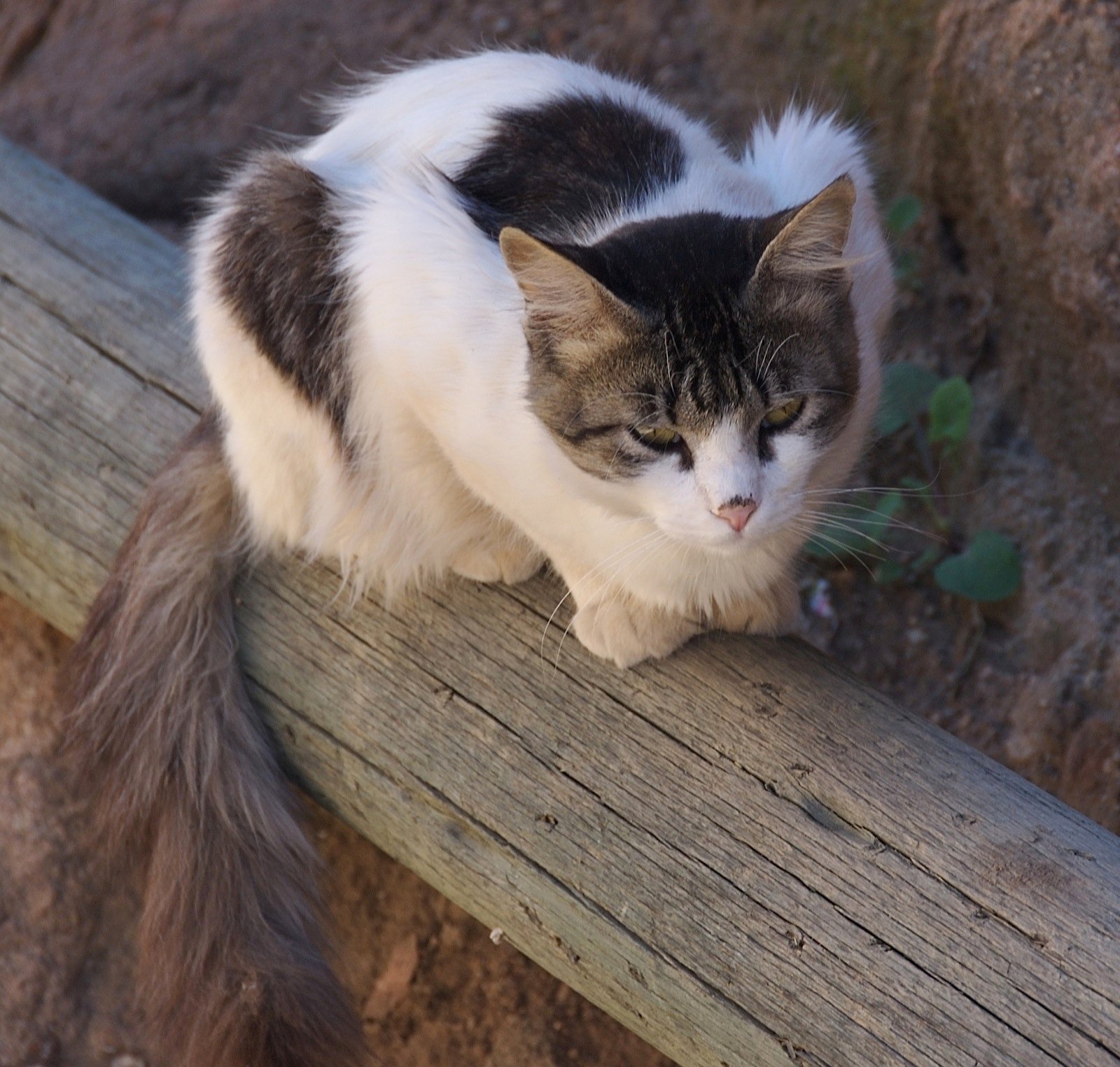
Cats love to climb, but a sudden dash to the top of a bookshelf or fridge often means they’re seeking safety. Higher ground offers a vantage point and a sense of security. If your cat escapes to a high perch after being approached, respect their need for distance. This behavior is a gentle reminder that sometimes, the best way to show love is by giving space.
Tail Tip Twitching
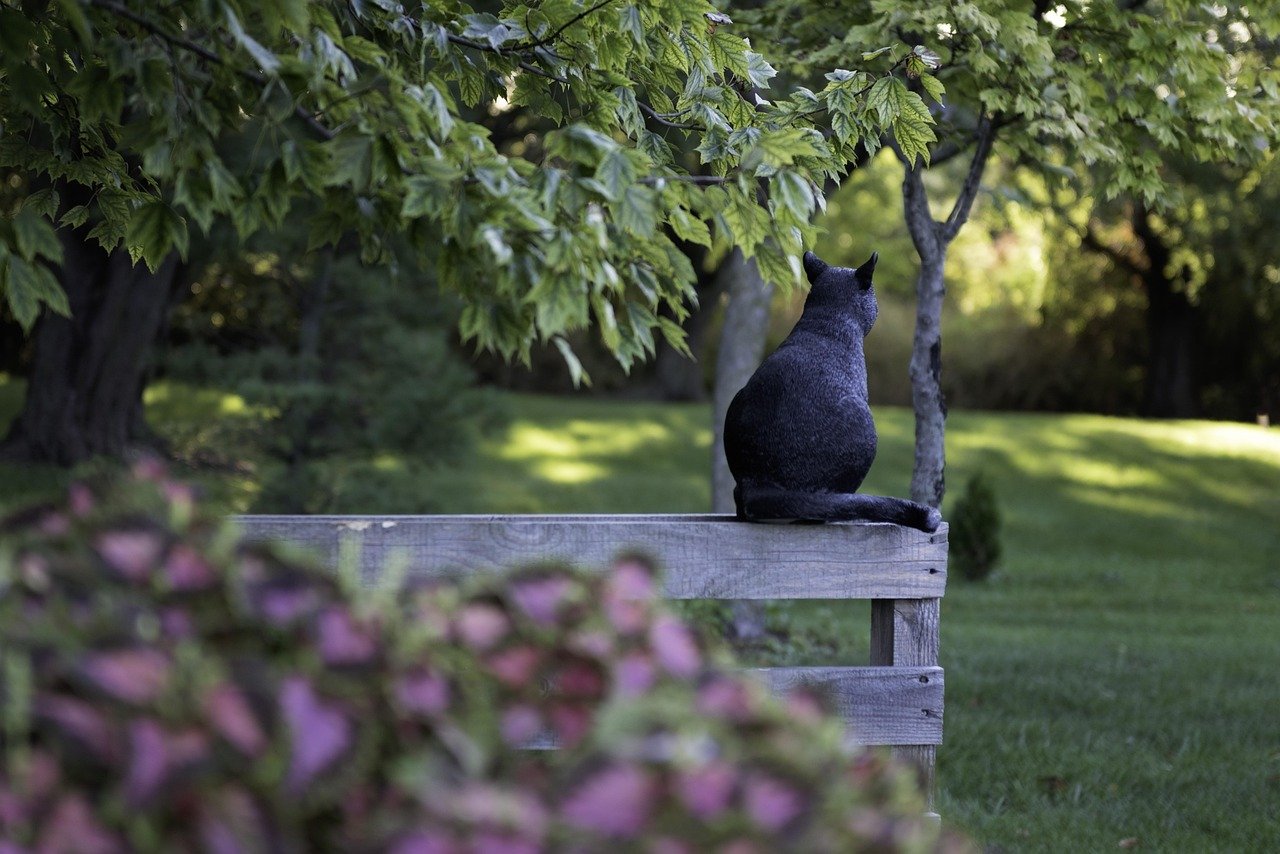
A tiny twitch at the very end of a cat’s tail can be a sign of irritation or overstimulation. This subtle movement is easy to miss but speaks volumes. If you see the tip of your cat’s tail flicking back and forth, it’s time to slow down or stop whatever you’re doing. Cats use this tiny gesture as a polite “no thanks.” Paying attention to such small details shows your cat you’re listening.
Paws Pulled Under the Body or “Loafing”

When a cat tucks its paws under its body, forming a shape that looks like a loaf of bread, it’s often a sign they’re comfortable. However, if their body is tense and their eyes are half-closed or wary, it may mean they’re trying to make themselves small and unapproachable. This is different from the relaxed loaf; it’s more guarded. Noticing the difference can help you respond with empathy. Giving your cat space in these moments encourages trust.
Refusing Treats or Playtime Invitations
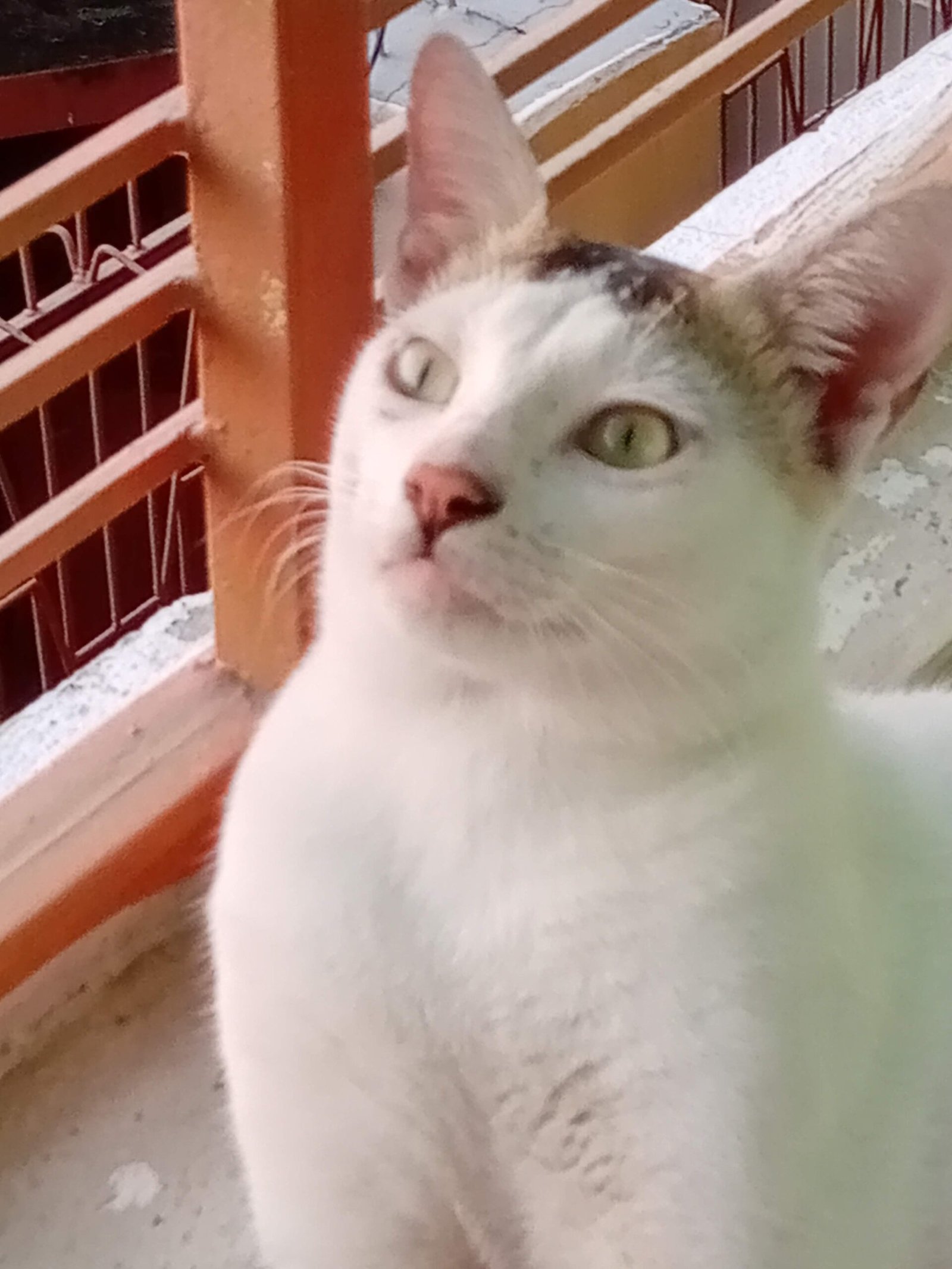
If your normally playful or food-loving cat suddenly refuses treats or ignores toys, it’s a sign they need some alone time. Loss of interest in favorite activities can indicate stress or overstimulation. Offering treats or toys when your cat is asking for space can backfire, causing frustration or anxiety. Letting your cat decide when they’re ready to interact keeps your relationship positive and stress-free.
Choosing to Sit with Their Back to You

When your cat sits with their back turned toward you, it may not be a snub. Instead, it’s a gentle way of saying, “I’m here, but I need a little space.” Cats often use this body language to signal that they’re comfortable in your presence but don’t want direct attention. Respecting this request strengthens your bond and shows your cat that you understand their unique way of communicating.
Hi, I’m Bola, a passionate writer and creative strategist with a knack for crafting compelling content that educates, inspires, and connects. Over the years, I’ve honed my skills across various writing fields, including content creation, copywriting, online course development, and video scriptwriting.
When I’m not at my desk, you’ll find me exploring new ideas, reading books, or brainstorming creative ways to solve challenges. I believe that words have the power to transform, and I’m here to help you leverage that power for success.
Thanks for stopping by, Keep coming to this website to checkout new articles form me. You’d always love it!



